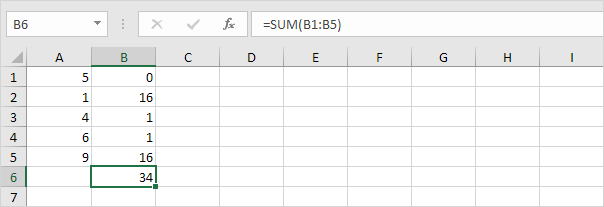
In mathematics and statistics, the arithmetic mean ( /ˌærɪθˈmɛtɪk ˈmiːn/, stress on first and third syllables of “arithmetic”), or simply the mean or the average (when the context is clear), is the sum of a collection of numbers divided by the count of numbers in the collection. What is the average formula? The formula to calculate average of given numbers is equal to the sum of all the values divided by total number of values. In the example, 4 divided by 5 equals a standard score of 0.8. Divide the difference between the data and the mean by the standard deviation. Subtract the mean from the data for which you want a standard score. How do you find percentile from standard score? Standard deviation is statistics that basically measure the distance from the mean, and calculated as the square root of variance by determination between each data point relative to the mean. Standard deviation and Mean both the term used in statistics. Hence, every results you get from mean deviation is actually a completely new look at the data, giving you fresh information and new perspective.What is the relation between mean and standard deviation? No cheating like standard deviation, so to speak. Every instance where you have to evaluate an answer, you need to completely recalculate the result based on all the data points again. Mean deviation is completely different from standard deviation. It is mostly derived from the past, the out-dated data.

This property implies standard derivation does not really give you completely new analytical information based on all the data points at this point. What that means is that as long as you know enough about the state of the standard deviation value up to the previous instance, you can derive the new standard deviation value from the state information and the input of the latest data point. Standard deviation formula on a moving time window can be expressed by an induction formula. It is a simple example showing why it is better to avoid standard deviation in your indicator toolbox.įor those who wonder why standard deviation behaves like a bad boy, here is the technical explanation without using mathematical equations. Second, standard deviation band often continue to expand while mean deviation band already collapse in range. Two things stand out from the chart immediately.įirst, the mean deviation lines (green lines) almost always bounding a tighter range in comparison with the range coverage by the standard deviation band. If you substitute standard deviation by mean deviation, the problem will likely go away, giving you better results overall.įollowing is a Emini S&P 5-minute chart with Standard Deviation band and Mean Deviation band overlay onto the price series. In other words, if you choose to use standard deviation as your volatility measure, you will often encounter false positive signals because of sudden surge in standard deviation readings. In my experience, standard deviation often reacts incorrectly while mean deviation does not suffer the same problem. It is a good idea to at least browse through his article when you get the chance. I am not going to repeat what he says in the article. Taleb already provided compelling evidence that MAD is superior to STD for all real-life data. Taleb suggested in his article that Mean Absolute Deviation (MAD) is a better measure of distribution behaviour. It is a shame to the human race that people call themselves educated yet plotting all these regression lines and reporting all kinds of boundary studies based on standard deviation figures on data that should not be handled that way.

Unluckily we’ve observed such abuse in financial forecast everywhere. Since all data from financial markets demonstrate fractal-like behaviour with very fat tail, the use of standard deviation in any analysis is inappropriate.

The moment you cannot be sure if there exists sure a distribution, yet you are still using standard deviation to estimate the behaviour of the data set, you are abusing the formula and making wrong inference about the data. bell curve), the standard deviation formula gives you something meaningful. When you have data that is expected to be distributed like a normal distribution (i.e.
Comparing the mean and standard deviation excel series#
Standard deviation is not applicable in general in all time series analysis on financial data. What I am going to do here is to show how standard deviation measure up to mean deviation in actual market data. The article explained why standard deviation is not really a standard and how it is less than desirable as a yardstick to measure volatility in data series. Nassim Nicholas Taleb on the abusive use of Standard Deviation is a must read by anyone who is involved with trading.


 0 kommentar(er)
0 kommentar(er)
